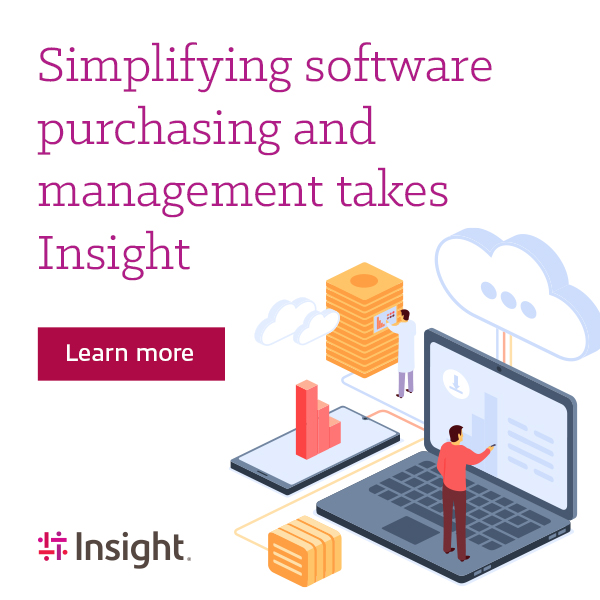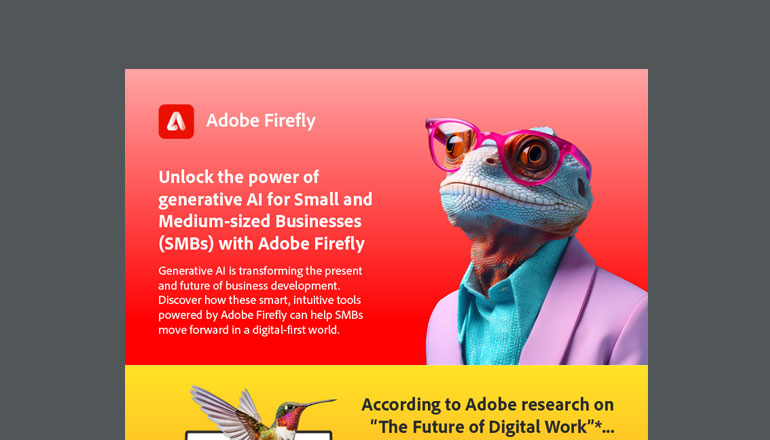Article
What Is Software Asset Management
— And Why Is It Important?
Until recently, software asset management wasn’t really necessary. But the advent of Software as a Service has made it an IT imperative for every size of business.
By Emily Allender / 26 May 2020 / Topics: Software

In the old days, when you wanted to install Microsoft Word for your employees, you bought the disks, installed the program and you were done.
Nowadays, the process is far more complex. And in order to avoid extra expenses and lots of headaches, businesses need a defined, proactive approach to asset management.
What is software asset management?
At its core, Software Asset Management (SAM) is the practice of ensuring compliance with the legal agreements set forth in publisher-user software contracts.
These contracts, which lay out how many software licenses your company is entitled to, state that it’s the business’s responsibility to stay in compliance with the agreed-upon terms. To make sure your company remains compliant, publishers will conduct audits, usually on an annual basis or once every couple of years. If found non-compliant, your business may be forced to retroactively pay for additional licenses at far steeper prices than outlined in your original contract.
For many companies, avoiding these potentially expensive audits is the main — and sometimes only — goal of their asset management programs. However, SAM can and should be so much more.
This practice isn’t just about avoiding publisher audits — it’s about protecting and optimizing your business’s IT assets. A solid SAM strategy can:
- Reduce IT expenditures.
- Free up valuable human resources.
- Mitigate compliance risks.
- Maximise the value of software throughout its lifecycle.
The basics of asset management
SAM is a subset of IT asset management, a larger IT discipline that, at its core, is about getting the most out of IT investments.
When a business purchases hardware or software, that piece of technology is considered a business asset. As companies have come to depend more and more on technology to carry out daily business activities, the management of these devices and applications has become an important part of their investment strategy.
The goal is to get the most out of these investments at every stage the lifecycle. This necessitates an IT asset management strategy that helps businesses procure more for less, harvest unused assets, safely dispose of old technology and more.
As a subcategory of IT asset management, SAM specifically pertains to software assets owned by the company. In the days of physical disks, this IT discipline was almost non-existent and was certainly viewed as unnecessary. But since the advent of subscription-based licensing, SAM has seen quite a change. In fact, you could make the argument that the switch to Software as a Service (SaaS) has taken SAM from a “nice to have” to a “have to have.”
The changing landscape
SaaS means that companies are now paying for access to an application instead of a physical copy of the application. While this has a myriad of benefits (consistent updates and easier budgeting, just to name a couple), it also has its drawbacks.
Perhaps the largest drawback is the increased complexity of software licensing.
These days, major publishers consider customer audits to be a revenue stream. They keep a close eye on their customers and can use almost predatory tactics in their zeal to catch companies out of compliance.
Creating intricate software licensing environments is one such tactic. These contracts are incredibly complex and companies often have difficulty understanding the full terms. But for businesses, it’s crucial to have an in-depth understanding. Publisher-customer contracts don’t just establish the price and volume of software licenses being transacted, they include the terms for compliance and audit procedures.
Additionally, every publisher has its own, distinct environment. And often, these environments are so complex, it takes an expert in that specific publisher to truly understand it.
Since most businesses use software from multiple publishers, managing these environments quickly becomes overly complicated. Each publisher has different requirements, contract terms and tools that companies must keep close track of.
One thing that makes this even more difficult to do: a lack of experienced talent. There’s a longtime shortage of software licensing experts in the industry, making these team members expensive to retain on staff. Usually, an asset management consultant is an expert in one, perhaps two, publishers, because the environments are so distinctly complicated. Which, if your company has large-scale usage of multiple publishers, makes it even more expensive — and rare — to build an experienced software licensing team.
More than audit prevention
As a result of these complex environments and expensive audits, many companies looked at SAM solely as audit defense. Over time, even the term “software asset management” has become something of a dirty word, drudging up memories of expensive, frustrating publisher audits.
It makes sense. Instead of trying to understand their environment as a whole, businesses just focus on surviving the inevitable audits. Unfortunately, this usually means over-purchasing software licenses and little else. This approach to software management means your business is losing out on all the other benefits of true asset management. The truth is, having a comprehensive strategy can help your company save a lot of time, a lot of money and a lot of headaches.
The many benefits of SAM
Optimised contracts
Many businesses go into software contract negotiations without proper preparation.
It starts with knowing what the business actually needs. With SAM tools and processes in place, you can stop paying for licenses you don’t use and start entering into contracts that reflect the right amount of licensing.
Another part of SAM is knowing industry benchmarks for contract terms with different publishers. You need to ensure your business is getting competitive pricing and concessions for its software licensing.
Complete lifecycle management
Software is a sizable investment and businesses should strive to get the most out of these valuable assets throughout the lifecycle.
Prioritising SAM means greater visibility into the life of each license, from initial procurement onward. Better asset management helps you see where and how each license is being used. You’re then able to decide if this software is being utilised or not, purchase its licenses more accurately and find unused licenses to be re-distributed.
Increased process automation
Although SAM requires the human element in order to properly analyse the data, there are lots of ways to automate software management processes. There’s a growing number of tools in the industry. These applications can help with everything from asset discovery and inventory management to automated renewals and contract renegotiation.
Adding this kind of automation into the process helps save a lot of time and frees your software asset managers to focus on extrapolating the data these tools collect.
Built-in audit defense
We’ve talked about how SAM has, in the past, been primarily viewed as simply defending against audits.
There’s a reason for that. A strategic approach to software management is, quite frankly, the most airtight defense against audits.
Active SAM leads to a deeper understanding of your software environment — something publishers depend on you not having so they can heap audit-related fees on you. But with the right tools and people in place, you’ll be ready for whatever the publisher’s auditors can throw at you.
As soon as you receive word from the publisher, you’ll not only know if you’re in compliance, you’ll also be able to quickly and easily pull in-depth licensing usage data. This makes the audit process — once a tedious, time-consuming ordeal — much smoother.
So, why should you care about SAM?
Nowadays, software applications are critical to all businesses. But outfitting your users with the right kind of software portfolio is also a huge investment.
Too many companies don’t dig into what they really need or pay attention to how things are being used. In order to get the most out of these valuable assets, companies need to have a holistic understanding of this environment. Once you do, the cost savings are extensive.
Still, asset management as a whole is viewed by many executives to be unnecessary. But times have changed. And to adapt and succeed, businesses must make SAM an IT priority.






